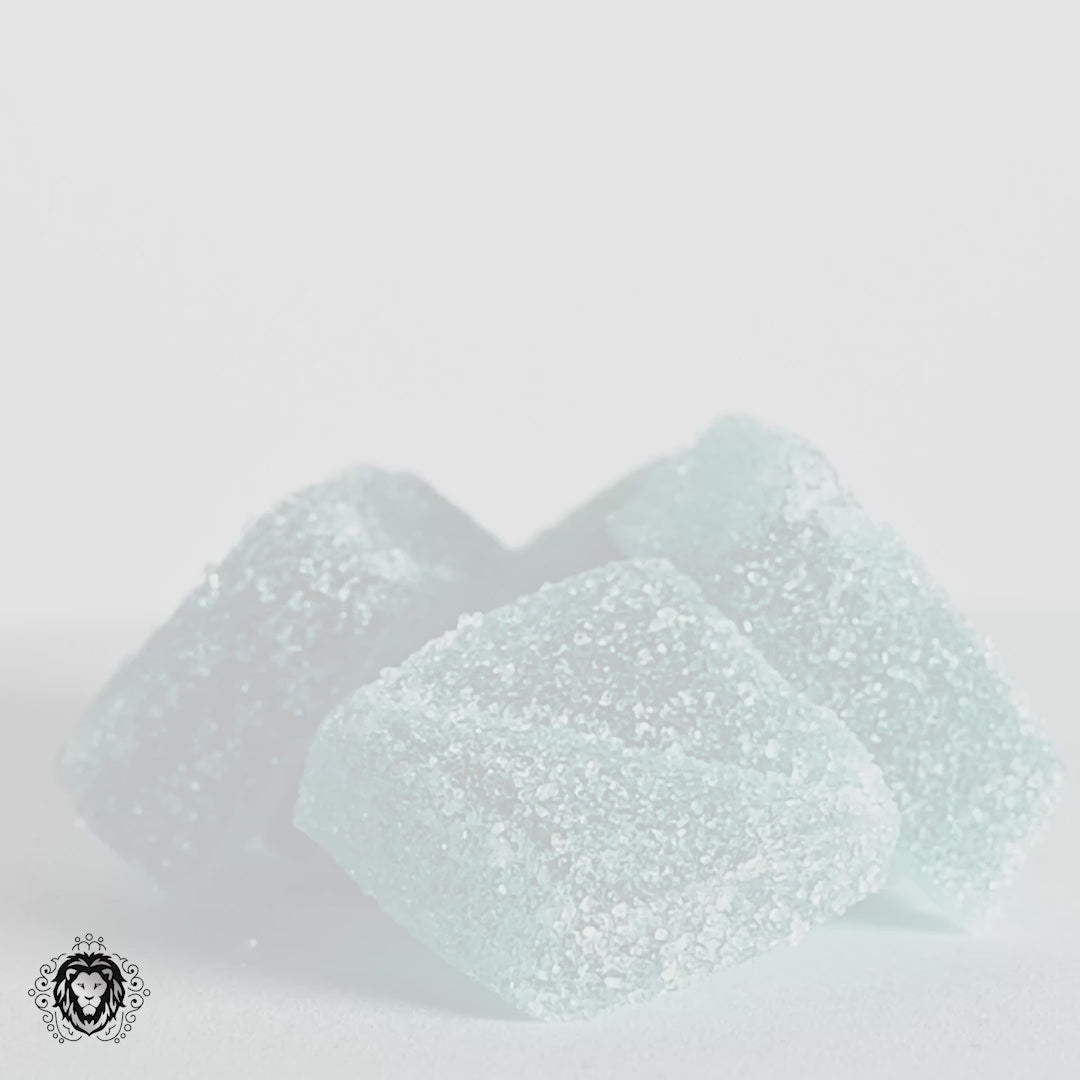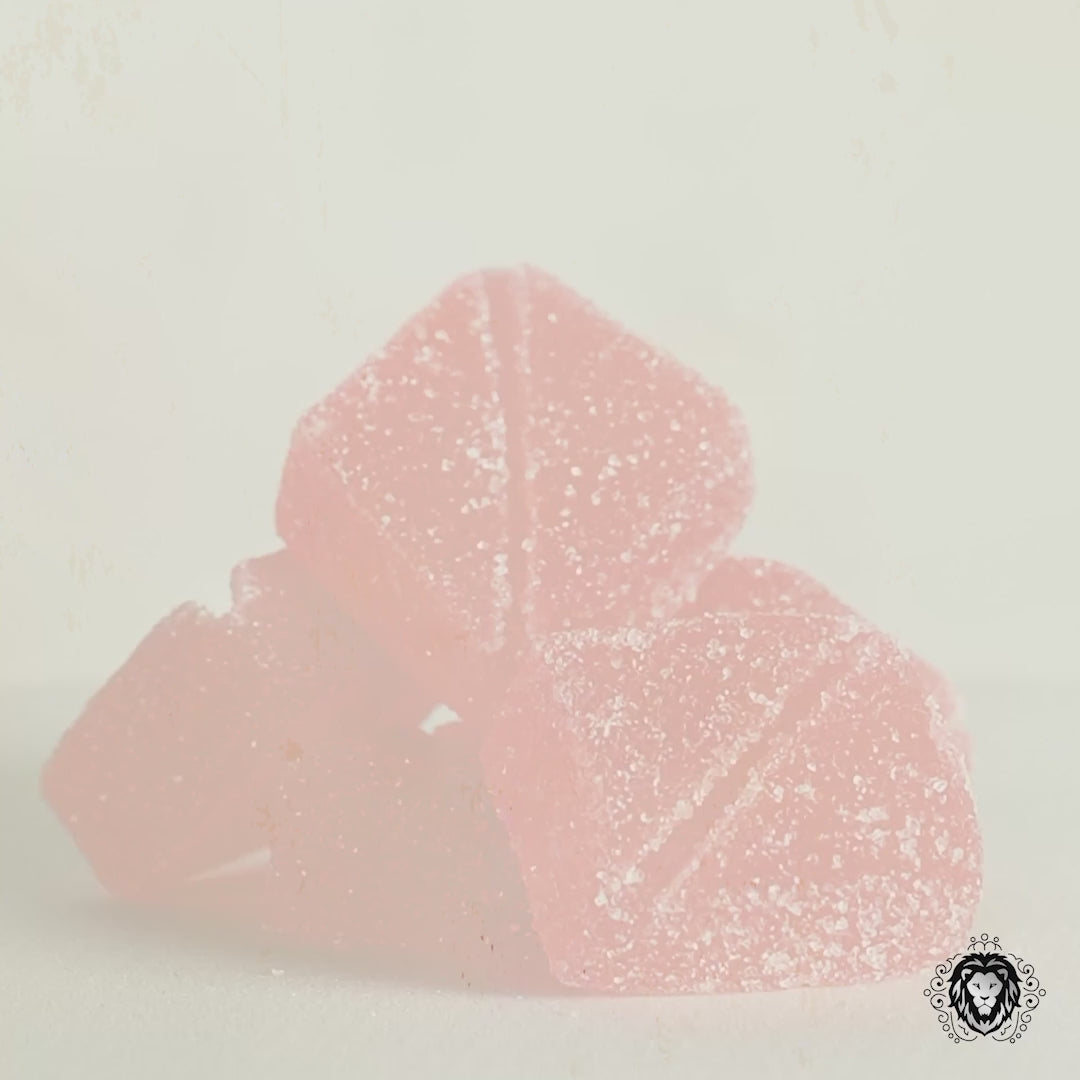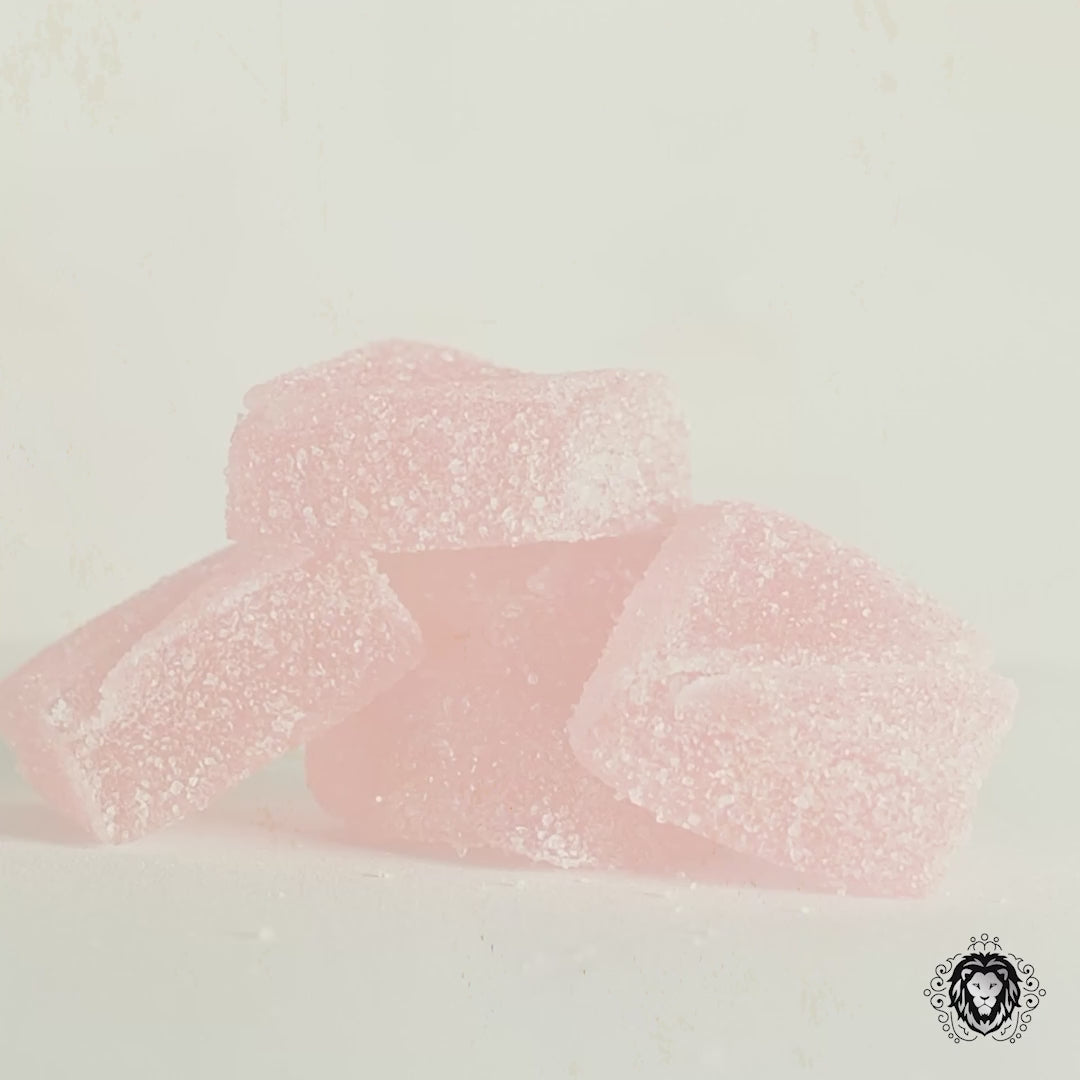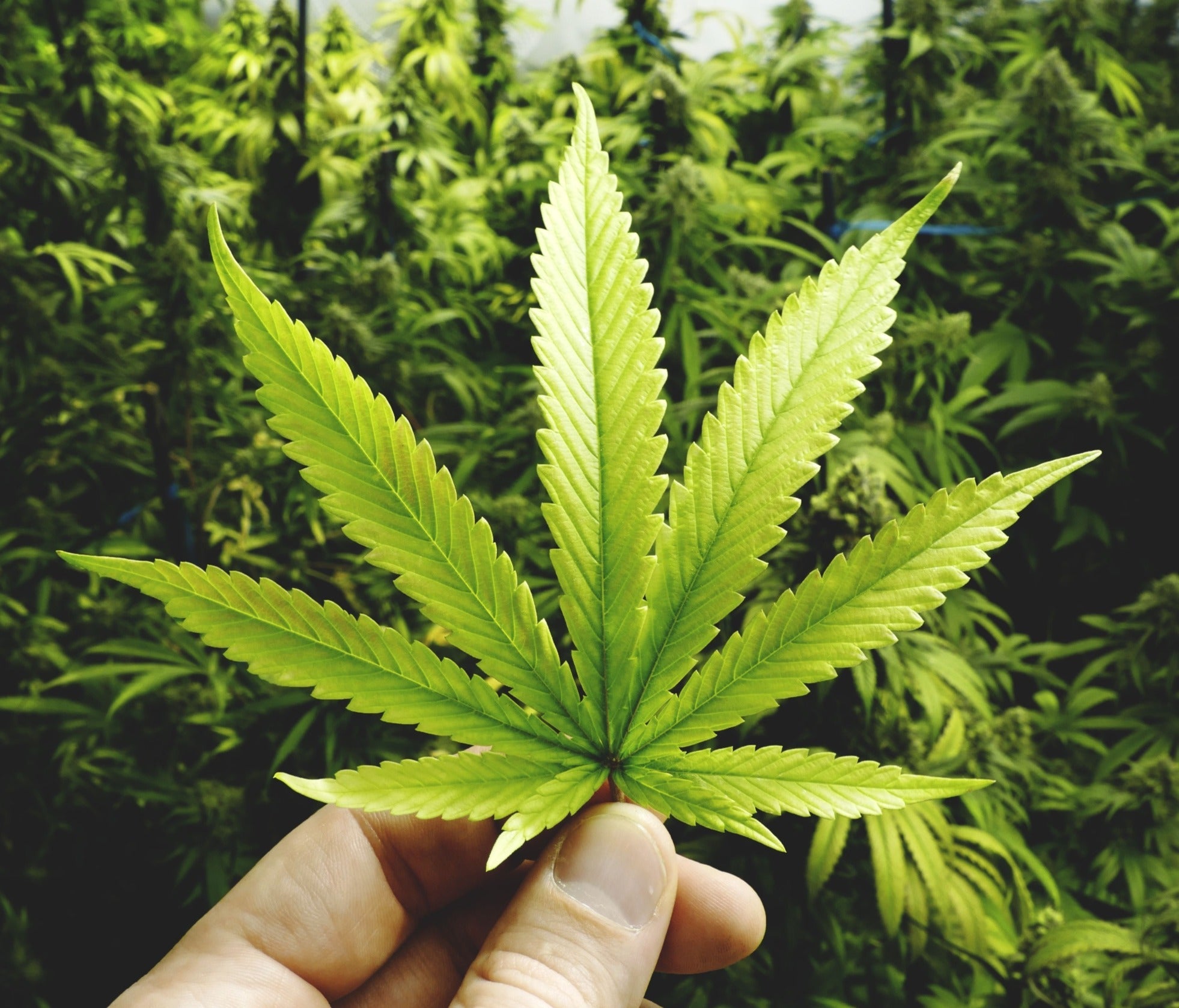
Many Minnesotans assume that hemp is a relatively new crop to the state. After all, hemp was only decriminalized a few years ago with the passing of the 2018 Farm Bill.
However, hemp is actually a historic Minnesotan crop that is experiencing a modern resurgence in popularity. Many people don’t realize just how embedded hemp is in the state’s history. A recent article in the Star Tribune claims that the “heyday of hemp farming here actually occurred during World War II — at the federal government’s request.”
The U.S. military needed hemp
According to the article, the federal government had put out an urgent call for farmers across the country to grow hemp for fiber that could be used to support the war efforts during World War II. Hemp fiber was needed for making rope, uniforms and even parachutes.
The U.S. had been obtaining this fiber from the Philippines, but the Japanese reportedly cut off this source. This left the U.S. government little choice but to encourage its own farmers to grow it domestically.
The Star Tribune reports that hemp was heavily regulated by both state and federal laws at that time. However, with its foreign supply cut off, the government urged farmers to grow hemp and assured them that it would buy the fiber at a good price.
Minnesota was a key area for hemp production
In 1943, the University of Minnesota Extension released a pamphlet on hemp production. The pamphlet noted that hemp already existed as a crop in Minnesota at that time, but it explained that a growing demand for hemp fiber required more farmers to focus their attention on this crop.
“Between 500 and 600 acres of hemp were grown in Minnesota in 1942 for the privately owned and operated mill at Lake Crystal. In 1934, about 6,400 acres of hemp were grown in the state and in the two following years a smaller acreage,” the pamphlet stated.
It also explained, “The United States government is asking for a production of 300,000 acres in 1943. This country has produced 13,000 acres or less in previous years.”
Following this national call to action, Minnesota farmers reportedly signed contracts to grow 40,000 acres of hemp. Also, the federal government reportedly built 42 hemp processing plants across the country; 11 of them were built in Minnesota.
These 11 hemp processing plants were reportedly located in Blooming Prairie, Bird Island, Grove City, Hutchinson, Jackson, Lake Lillian, Montgomery, Mapleton, New Richland, Sherburn and Wells. According to the Star Tribune, they brought about 1,100 jobs to the state.
The ebb and flow of Minnesota’s hemp industry
However, that demand for U.S. hemp was short-lived. It reportedly dropped significantly after World War II ended and the federal government gained access to cheaper, tropical hemp sources. Soon, the domestic hemp program was abandoned and Minnesota’s hemp processing facilities closed.
By 1970, the production of any cannabis plant became illegal under the Controlled Substances Act. Hemp wouldn’t start gaining momentum again in Minnesota until the 2014 Farm Bill passed.
This bill reportedly allowed states to grow and study hemp under pilot programs. Minnesota started its pilot program in 2016.
In 2016, there were reportedly only six licensed growers in the state, but interest in the crop grew year after year. The 2018 Farm Bill, which removed hemp from the Controlled Substances Act, helped support this growing interest.
The Star Tribune reported that Minnesota had 461 licensed growers in 2020. The article adds that over 230 Minnesotans were licensed to process hemp that year.
The hemp industry has certainly changed since the 1940s. For example, today’s industry is much more focused on CBD production than fiber production.
However, it can be valuable to remember and acknowledge how successful the Minnesota hemp industry was in the past. This historic success can serve as a reminder of the great potential Minnesota has for hemp production. Minnesota was a great place to grow hemp in the 1940s, and it seems to be a great place to grow hemp now.
Sources








































